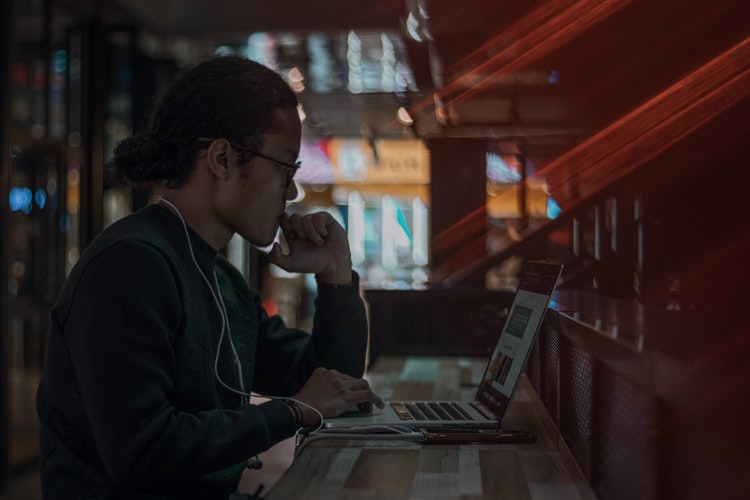Big-picture Understanding And Pattern Recognition+ is another interesting topic on image search. Check out this post to find out more.
Big-picture Understanding And Pattern Recognition+
Before 2017, the majority of neural network model reconstructions were written in a batch scripting approach. We began to observe a shift in the coding of models that matched software engineering concepts for reuse and design patterns. It includes AI researchers and experienced software engineers who became more involved in research and design.
A design pattern indicates a “best practice” for building and coding a model that can be used in various situations. These include image classification, object detection, tracking, facial recognition, image segmentation, super-resolution, and style transfer.
The inclusion of design patterns also aided the advancement of convolutional neural networks. It includes other network designs by assisting other researchers in comprehending and replicating a model’s architecture.
One example of utilizing design patterns for neural network models was a procedural style for reuse. Understanding the procedural reuse design pattern architecture is essential if you plan to apply it to any model you create.
Deeper Understanding
Once you understand how the components operate, both and together, you may begin working with the code. Also, it creates these parts, accessible for download.
This provides greater knowledge of how these models function as well as hands-on experience replicating them.
This post will show you how to create a procedural reuse design pattern. It does it base on the idiomatic design pattern for convolutional neural networks (CNNs).
The design pattern will then retrofitted into an early state-of-the-art CNN model for image recognition. It includes the visual graphics generator (VGG).
The microarchitecture of CNN
To assist you in understanding where design patterns can fit into the process, let’s start with a short review of the structure of a CNN.
A CNN’s microarchitecture follows the three-component convention. It is which includes a stem, a learner, and a task, as shown in the image below.
Image recognition is one of the best and most well-known applications of artificial intelligence. It is a technology that lets machines distinguish distinct pictures. It does it from a large data collection without the need for human involvement.
Picture recognition technology
Picture recognition technology is being used in complicated surveillance software. These include self-driving automobiles and image identification tools. In addition, mobile applications are leveraging AI technology to do a variety of novel activities.
The app stores have a wide variety of programs that use picture recognition technologies on the backend.
In the next section, we will discuss seven remarkable apps that demonstrate the power of picture recognition. Also, it includes how this technology can be utilized to solve end-user problems in various ways.
Google Lens
Google Lens is an image recognition software that utilizes a camera on a smartphone. It is to collects photos and then gives pertinent information about the items it recognizes. This is accomplished by the use of visual analysis based on a neural network.
The software tries to identify the object by reading labels and text, QR codes, barcodes, and so on and then displays pertinent information.
The Flow (Powered by Amazon)
The Flow app allows users to learn more about the things taken by the device’s camera. The software recognizes millions of Amazon products, such as books, home packaging. It includes such as cereal boxes, games, or toys), books. Thus, it makes it simple for customers to find and purchase the items.
There is an option to scan phone numbers, email addresses, business cards, and other information and add it to your contacts.
Identification of Plants Using Leaf Snapping
Leaf Snap is a smartphone app that identifies tree species based on photos of their leaves. The software is designed for citizen scientists who may identify species. It includes provide pictures and share geo-coded stamps of species locations. Also, it does it with community members to map and monitor flora ebb and flow.


